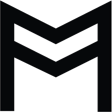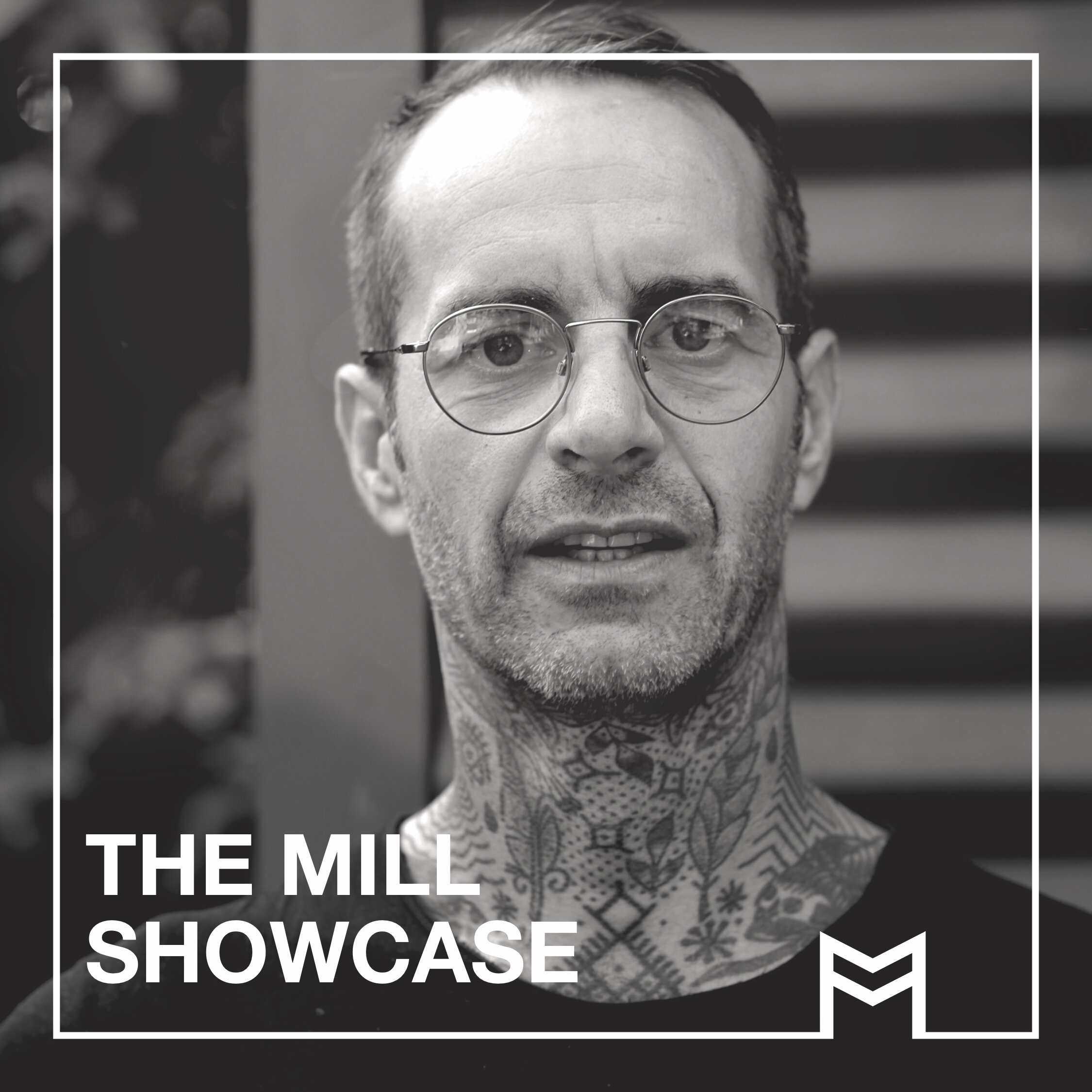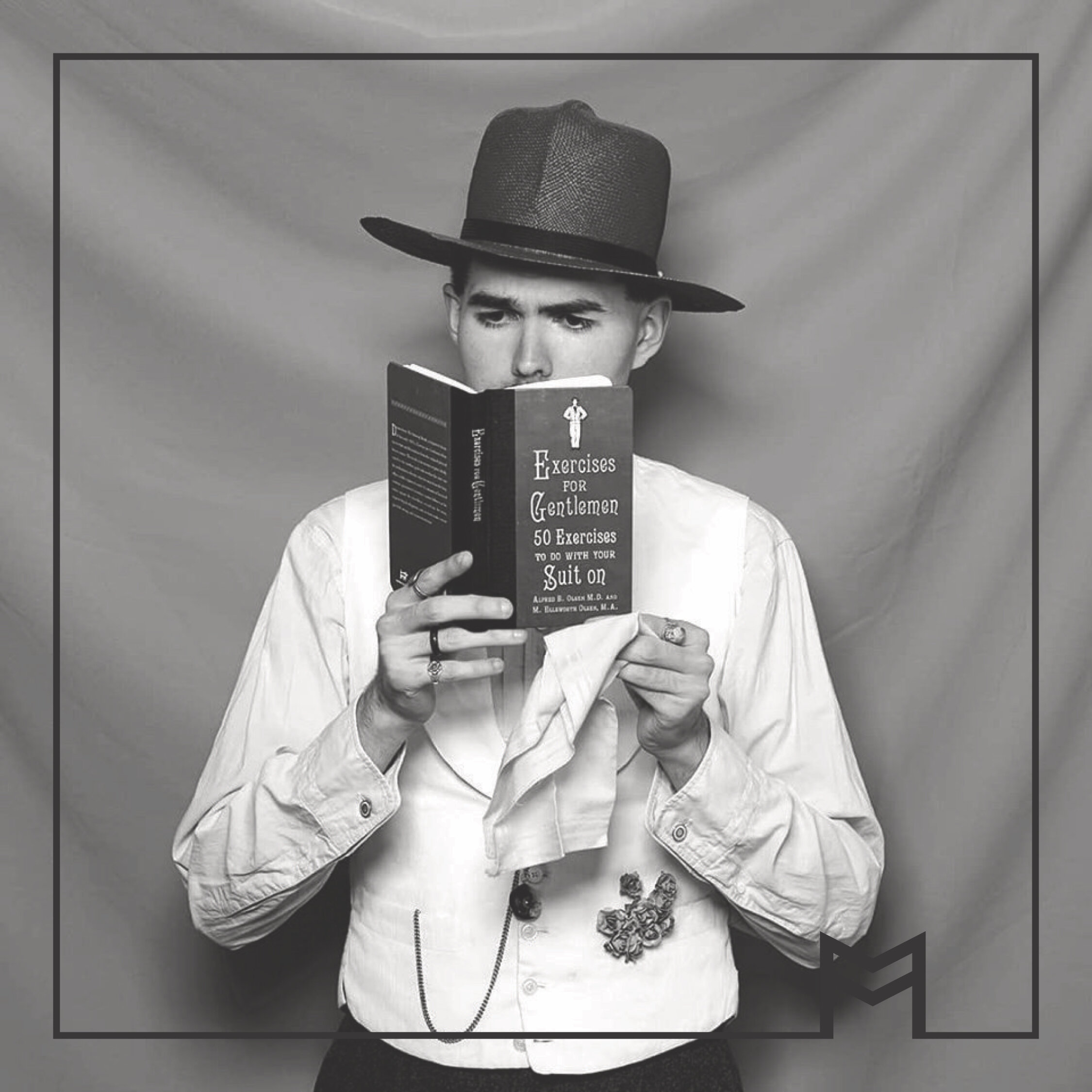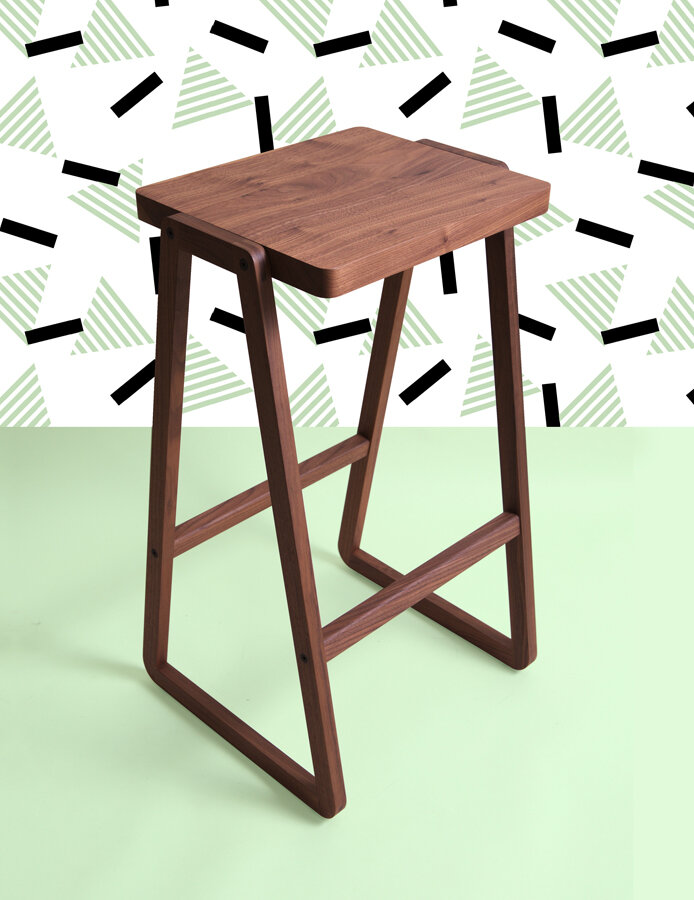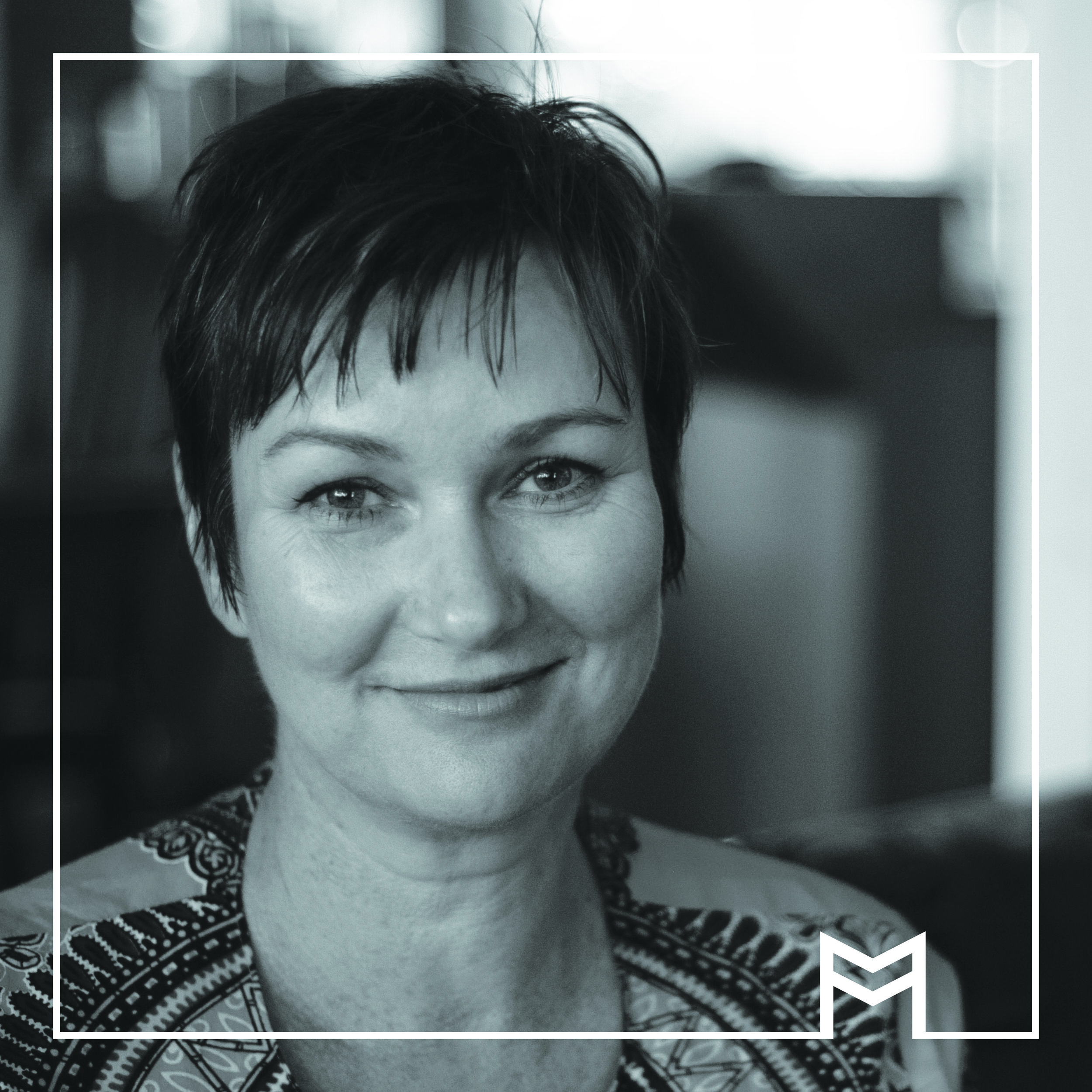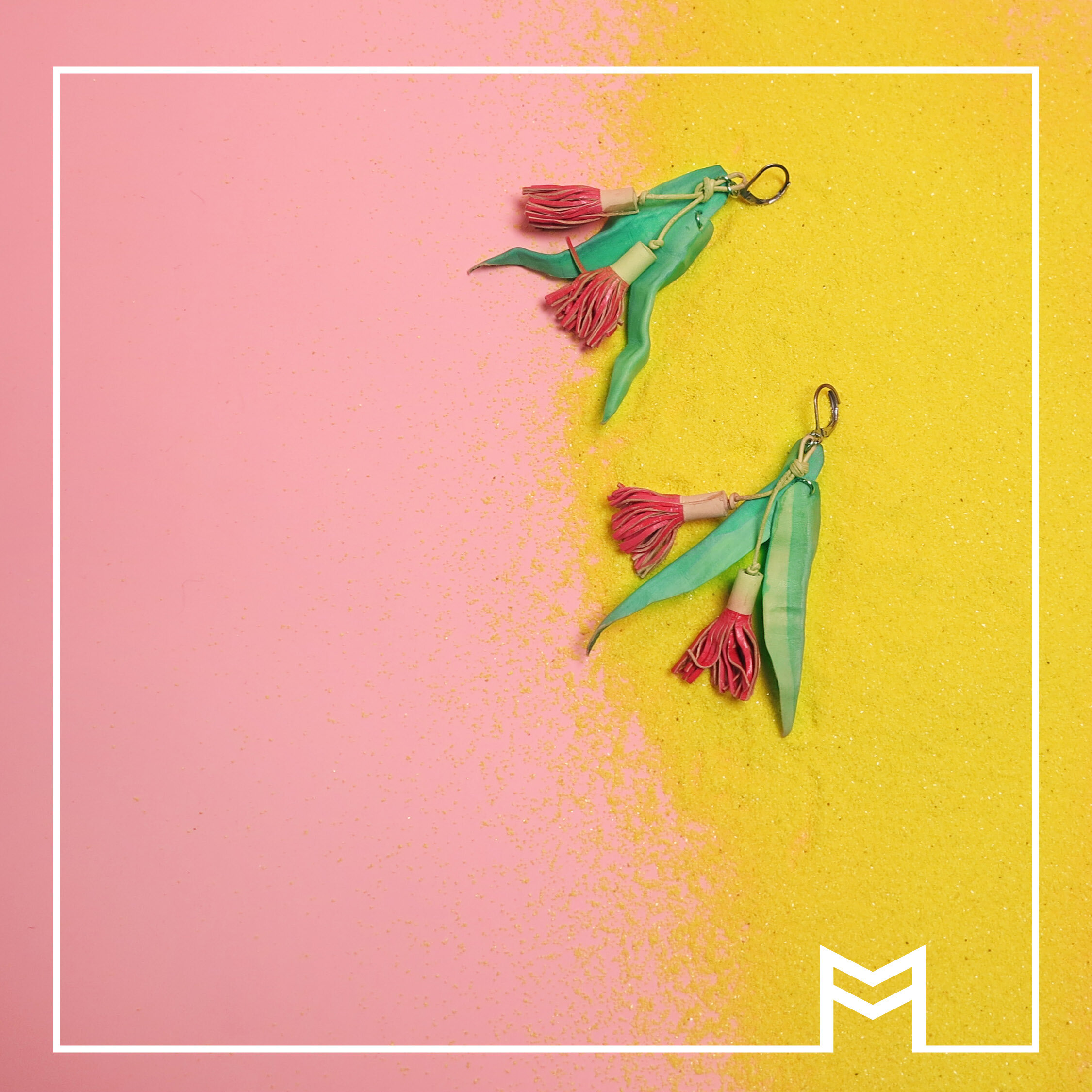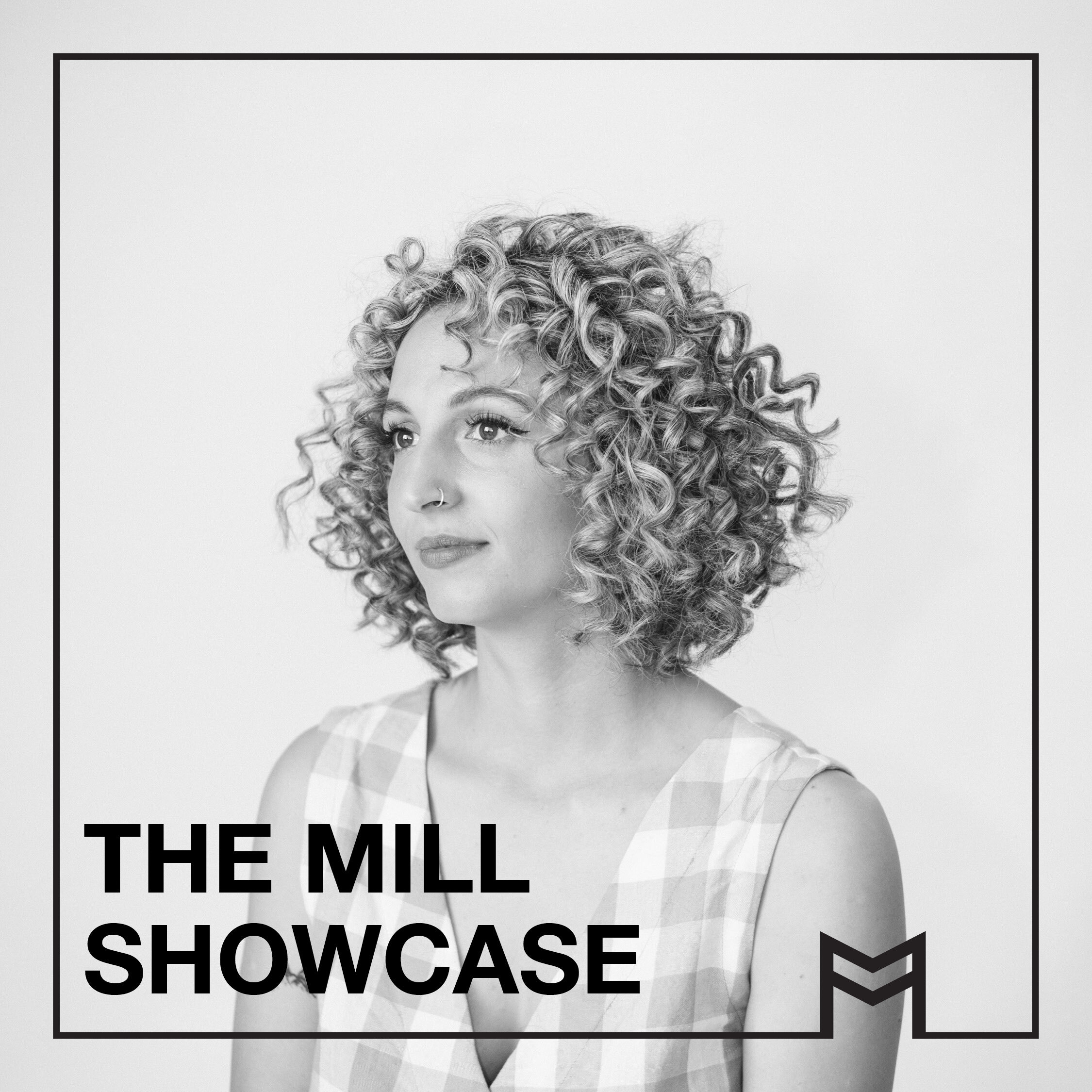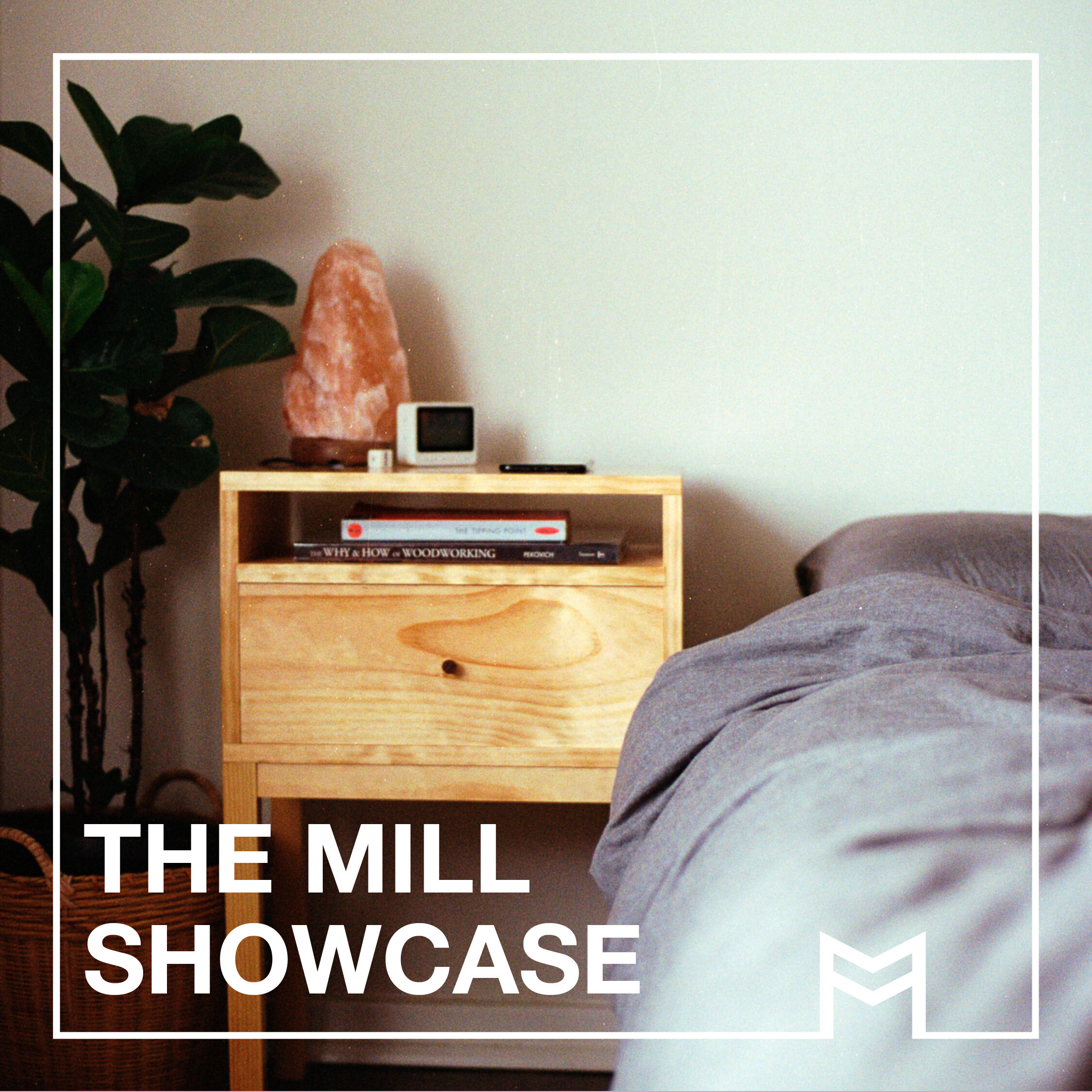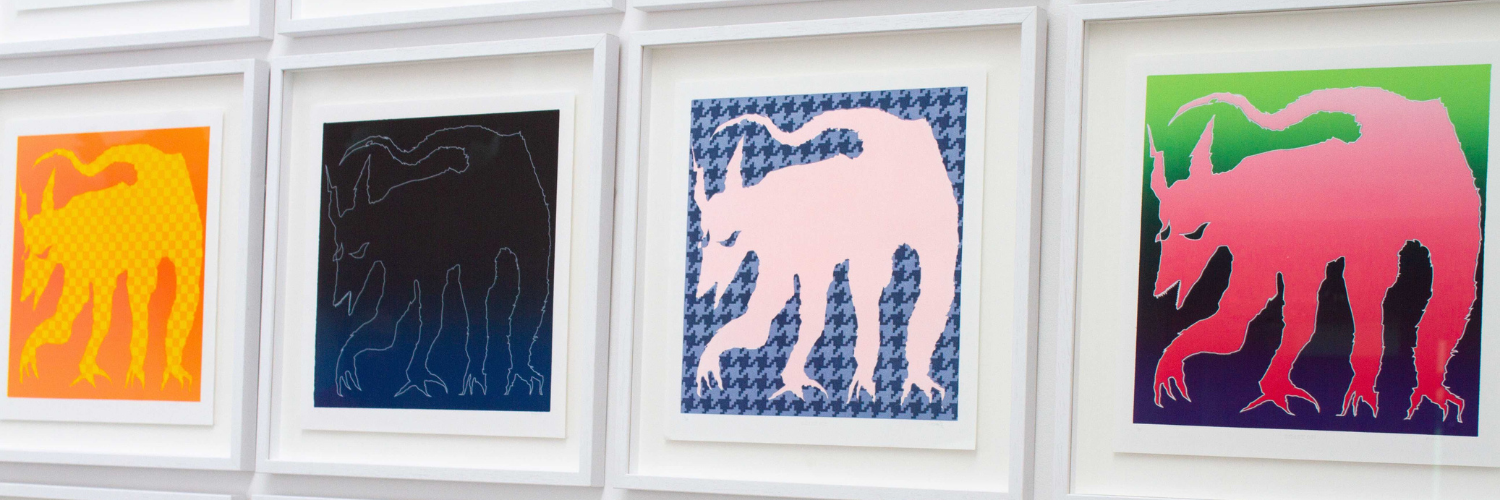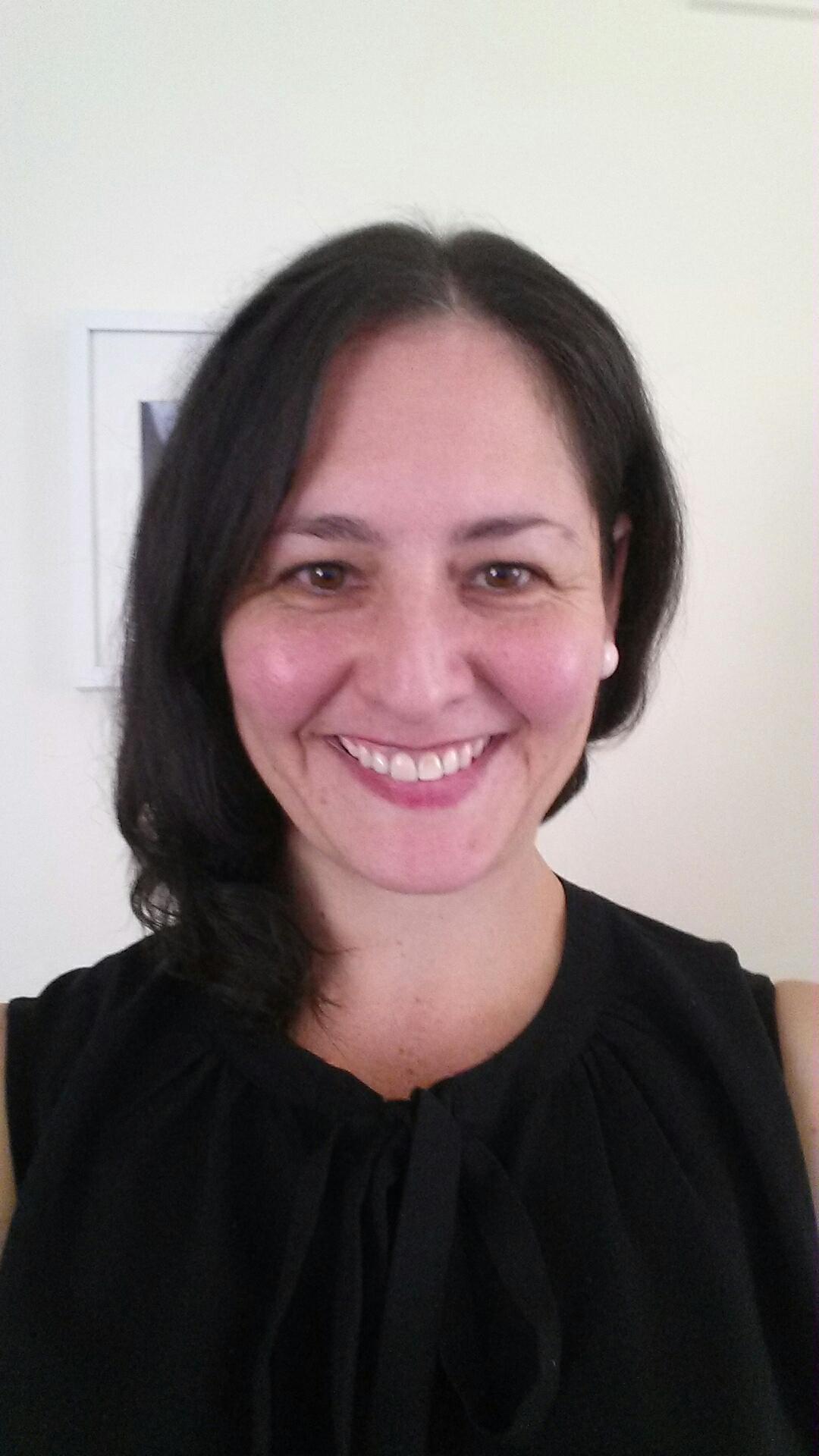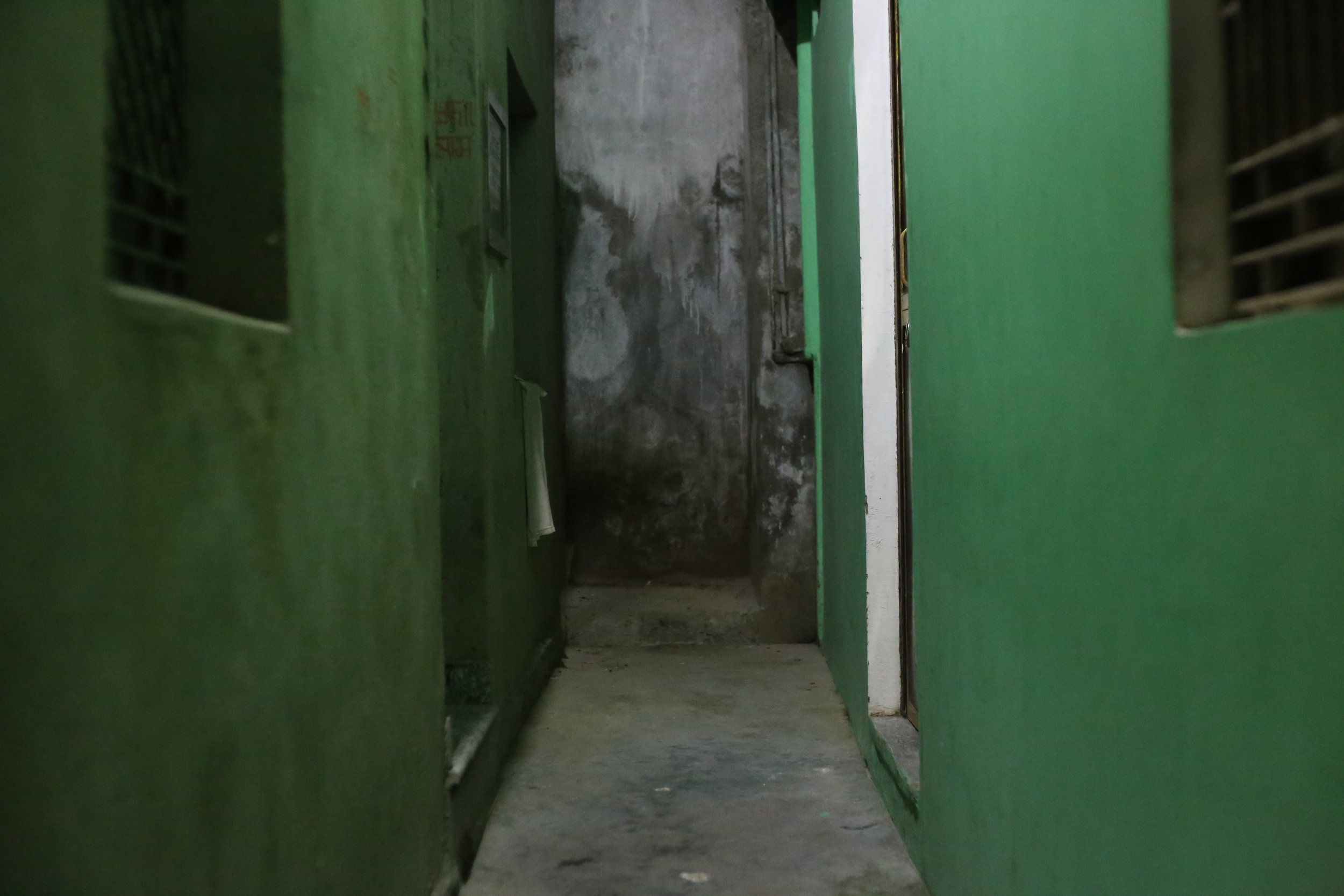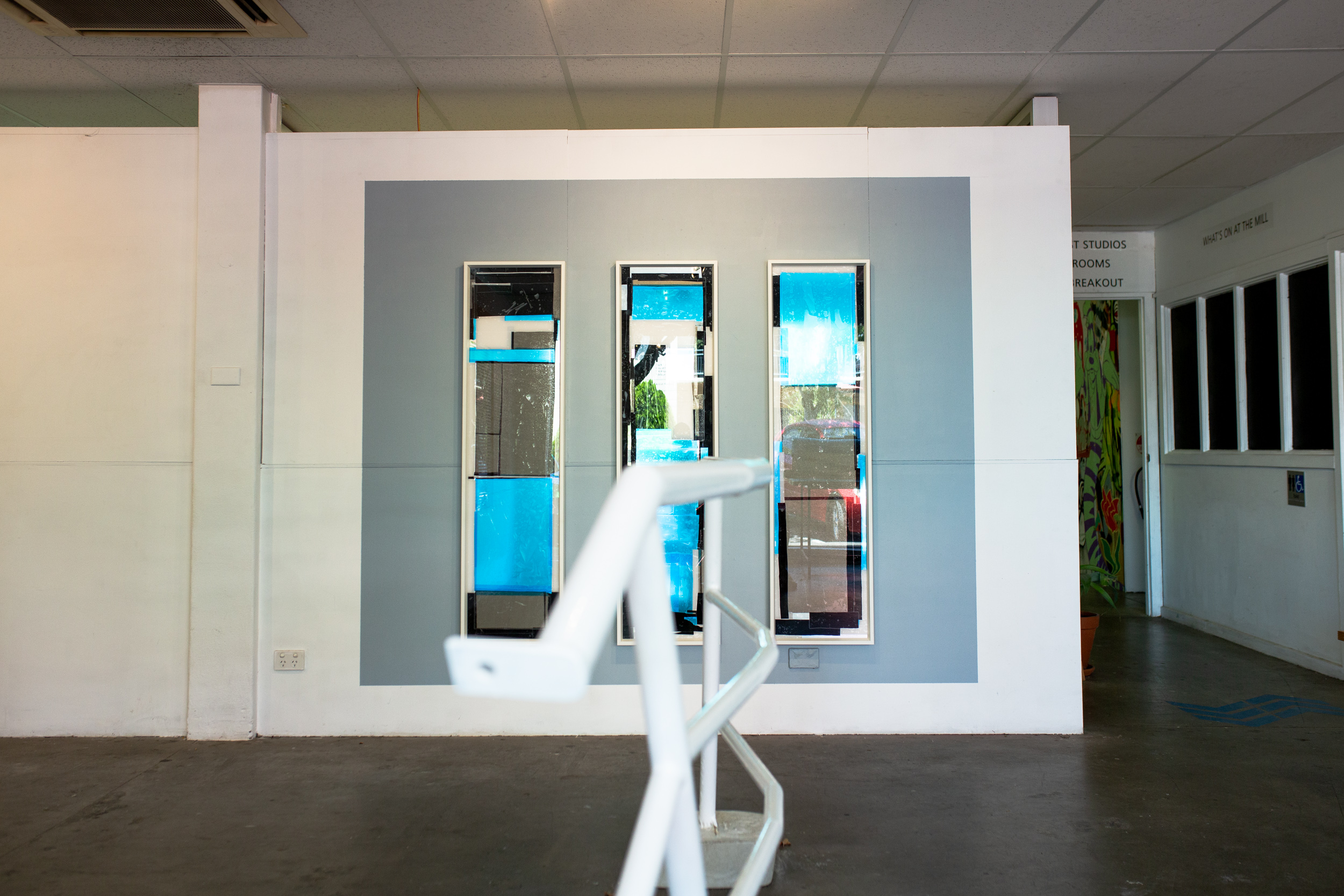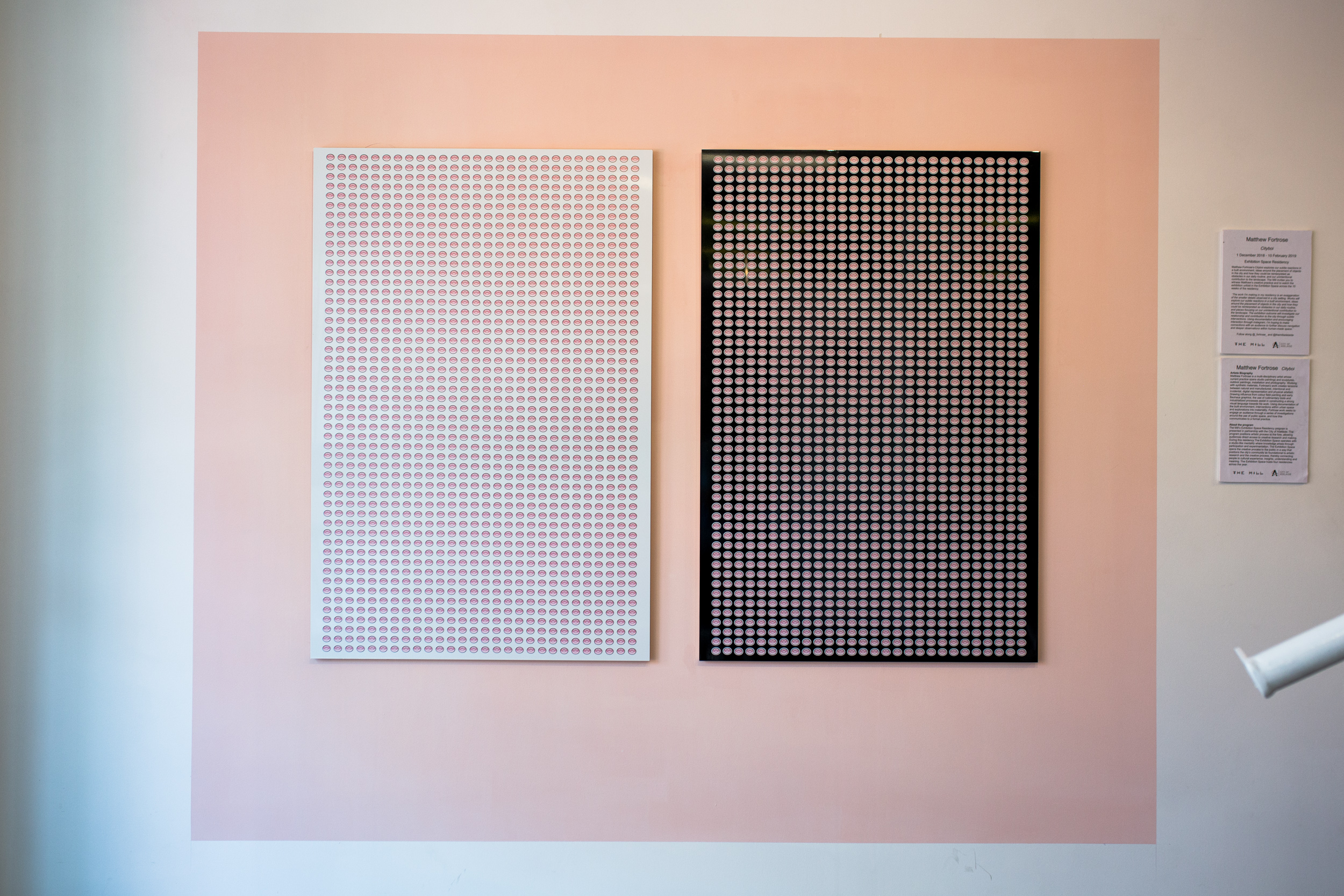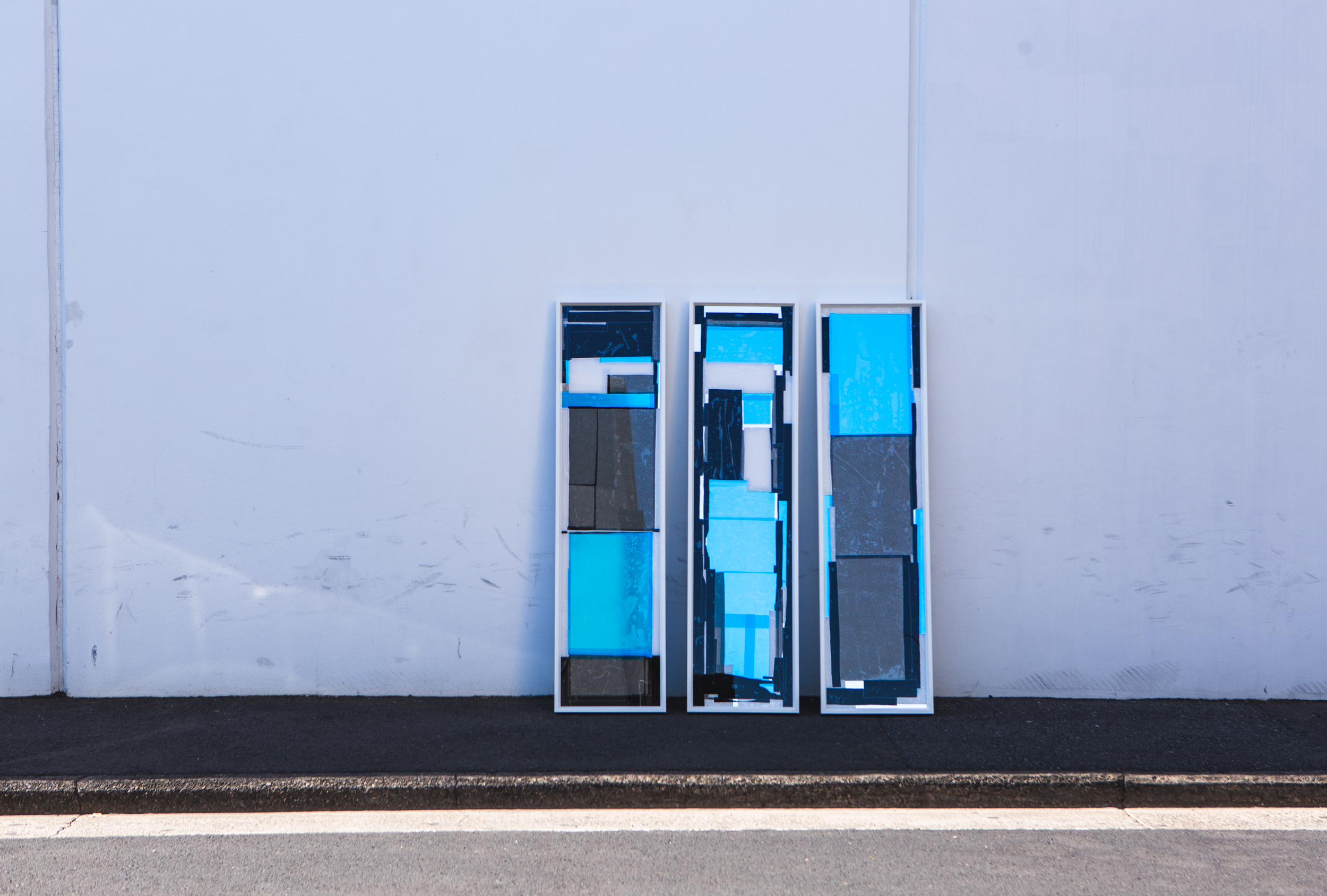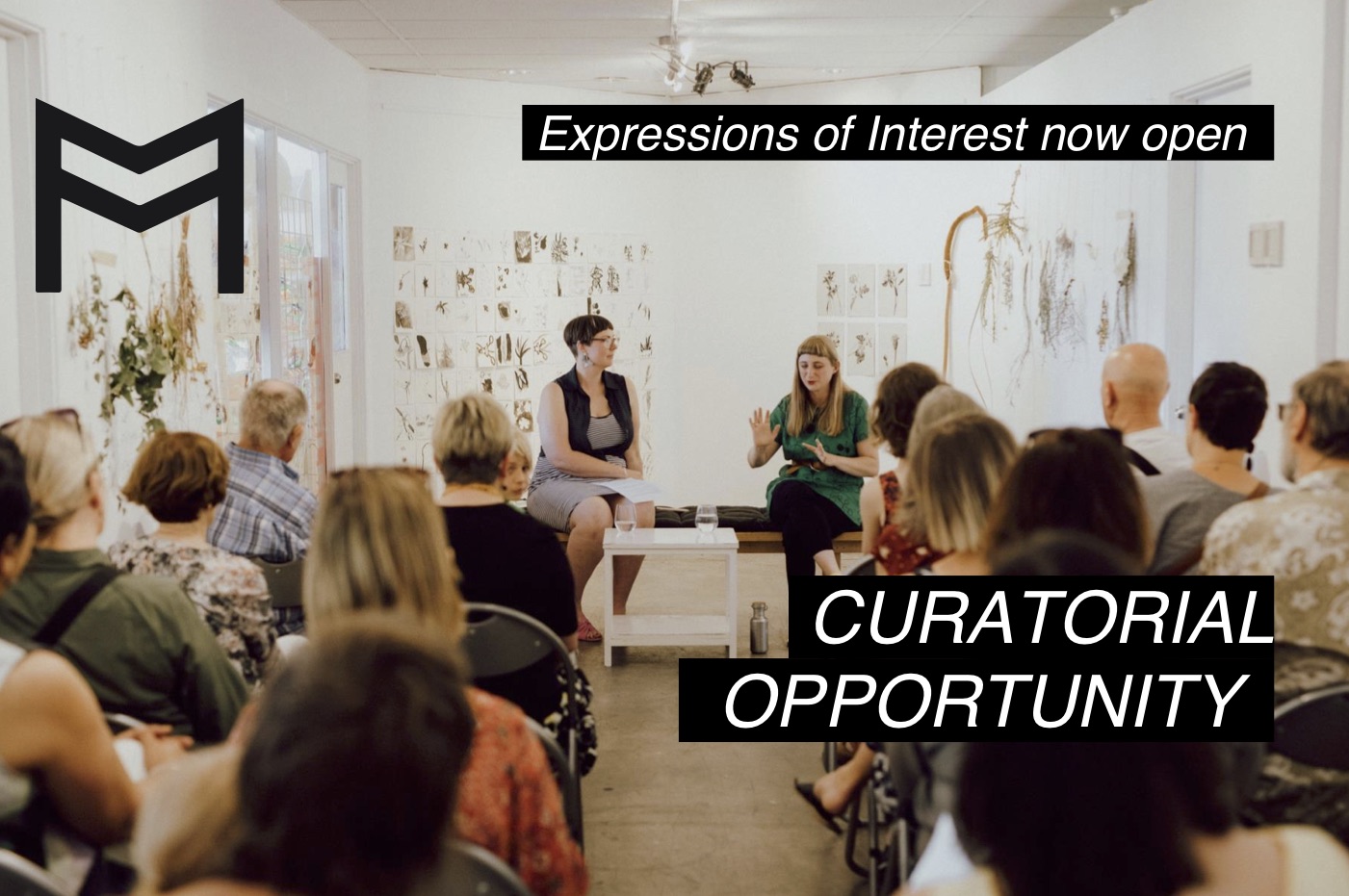27 February – 23 March 2019
The Mill’s Limited Edition Print Series
Matthew Fortrose, Naomi Murrell, Nadia Suartika and Small Room
Opening:
Sunday, March 3, 3-5pm
Showcasing the work of four amazing artists associated with The Mill, The Mill has commissioned Matthew Fortrose, Naomi Murrell, Nadia Suartika, and designers Lachlan Stewart & Rafal Liszewski from Small Room to contribute an artwork. The Limited Edition Prints will present one work from each of the four artists, each with an edition of 15 prints.
This exclusive series of artworks by leading South Australian artists appeals to a crowd of young collectors as well as art aficionados. The series makes artworks affordable for a wide audience while at the same time supporting The Mill, a not-for-profit Arts organisation. The funds raised by Limited Edition Prints series will feed directly back into The Mill’s organisational programming, and help to support artists residencies, subsidised studios and other aspects of our Professional Pathways stream.
Artists biographies:
Matthew Fortrose is a multi-disciplinary artist whose current practice spans studio paintings and sculptures, outdoor paintings, installation and photography. Working with synthetic materials, Fortrose's work creates tensions between natural and manufactured, intentional and incidental, digital representation and physical artefact. Drawing influence from colour field painting and early Bauhaus graphics, the use of rudimentary tools and industrialized processes assist in constructing a strong visual language towards his work. Using documentation of the built environment, interventions within urban space and explorations into materiality, Fortrose work seeks to engage an audience through a series of investigations around the use of public space, and how this communicates to a formal practice.
Naomi Murrell designs romantic street fashion, fine jewellery and home products for the thoughtful woman, to bring small moments of beauty, calm and confidence into her day to day life. Unlike the mass-market, she aims to inspire by using design as a graphic art form. Naomi’s visual language is minimal, on point - yet irrepressibly playful. Inspired by colour, and graphic shape her label turns out refined everyday pieces for the individual. The Naomi Murrell flagship store in Ebenezer Place is an oasis of awesome for the fun lover who delights in the details.
Nadia Suartika is an artist, designer and tattooist with XO L’Avant. She is the founder of Nadika, a range of jewellery and embroidery pieces.
Nadia is a self taught artist and has had a particularly strong interest in plants from an early age which led her to study horticulture. Now living on a native bush block in the Adelaide hills, Nadia continues her study of plants using a creative process of documenting local and South Australian natives through illustration and design.
Nadia draws inspiration from her Balinese-European heritage and her family of creatives. Built on a foundation of intuitive art, her work is simultaneously delicate and bold. Playful colours and shapes interact with each other, reminiscent of multicultural tapestries and the intricate patterns of the natural world.
Small Room is a graphic design and visual communication studio that focuses in creative fields with a strong process based work style. A love for experimental design, pushing the boundaries and breaking the rules fuels our passion for design. But the Small Room design sensibility itself is simpler with a priority for communication, timelessness, visual conquest and collaboration. Small Room work primarily in identity, print and graphics. And also work in broader areas of visual media like packaging, objects, experimental web design and exhibition (‘Death of a Designer’ (2017).
